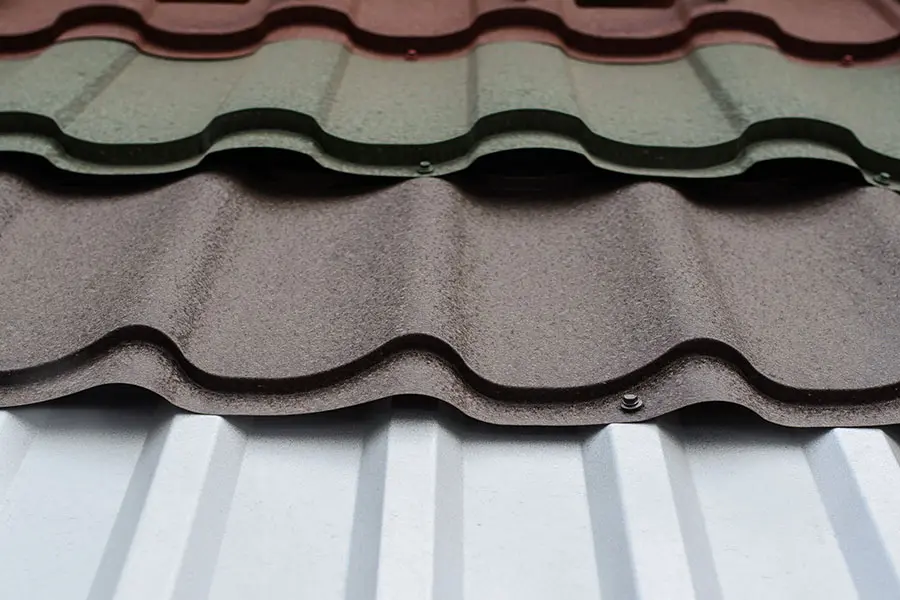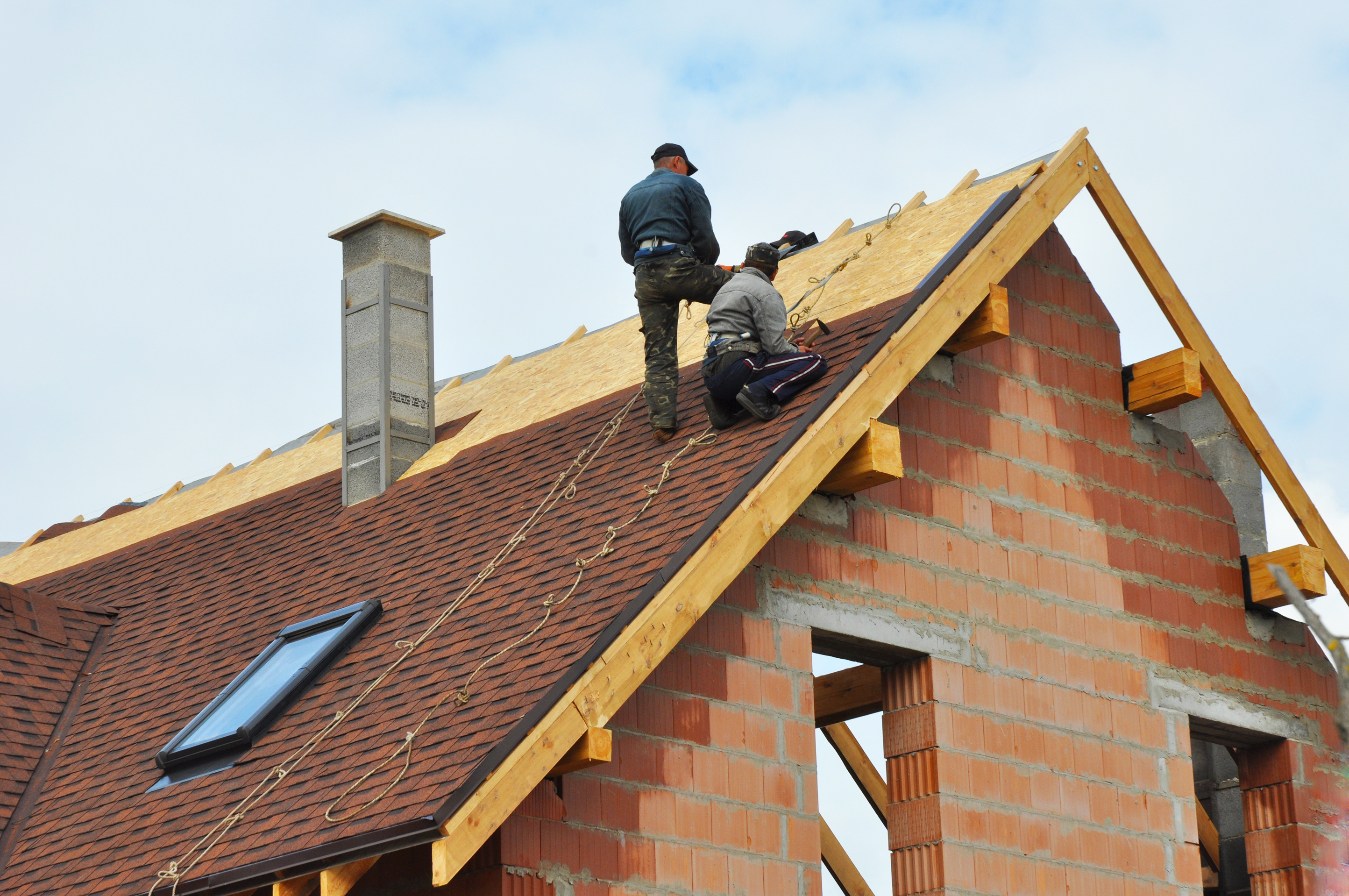Ideal Practices for Ensuring Appropriate Roofing Ventilation
A well balanced intake and exhaust air vent ratio, frequently 1:300, plays a critical duty, with intake vents preferably positioned at the lower edge of the roof covering for amazing air entry and exhaust vents at the top for warm air exit. Maintaining insulation away from vents is critical to prevent airflow restriction.
Understand Air Flow Basics
Properly recognizing air flow essentials is vital for making sure the durability and performance of roof. Effective ventilation mitigates moisture accumulation and temperature extremes in the attic, both of which can cause significant architectural damages with time. A well-ventilated roofing system aids in stopping usual issues such as mold growth, wood rot, and ice dams, which can compromise the honesty of the roof covering products and the underlying frameworks.
The main objective of ventilation is to facilitate the activity of air, enabling a constant exchange between the indoor and outside settings. This balance is attained via a combination of consumption and exhaust vents that interact to maintain optimal air flow. Intake vents, generally located along the soffits or eaves, enable fresh air to go into the attic area, while exhaust vents, frequently located at or near the roof ridge, allow hot, moist air to escape.
Trick aspects influencing the performance of roofing system air flow include correct placement, sufficient sizing, and guaranteeing that both consumption and exhaust vents are unobstructed. Routine inspection and upkeep are vital to identify possible obstructions, damages, or ineffectiveness in the air flow system, thereby securing the roofing's performance and resilience.
Kinds Of Roof Vents
Roof covering vents play a critical duty in preserving efficient attic room air flow and, by extension, the total health of the roof covering system. Different sorts of roof vents are offered, each with distinct advantages customized to details roof covering needs. Ridge vents, as an example, are installed along the roofing system's peak, enabling warm, moist air to run away from the attic. They supply continual air flow and mix flawlessly with the roofline, making them both reliable and visually pleasing.

Soffit vents are mounted under the eaves and job in tandem with roofing vents to make certain a well balanced consumption and exhaust system. By enabling cooler air to go into from below, soffit vents promote the expulsion of warm air through top vents. Gable vents, situated on the exterior wall surfaces of the attic, deal another effective solution, especially in homes with gable roofs.
Assess Your Present Ventilation

Next, consider the age and condition of your roof products and air flow components. Older systems may not adhere to present structure codes or might have worn away with time, lowering their anonymous efficiency. Conduct a complete exam to recognize any kind of signs of wear and tear, such as corrosion, damage, or gaps that could compromise the system's performance.
Furthermore, determine the attic temperature level and humidity levels. High temperatures and humidity can suggest inadequate ventilation.
Installment Best Practices
Effective installment of roof ventilation systems is extremely important for making sure optimal performance and long life. Proper installment begins with understanding the certain ventilation demands of the structure and the roof covering it covers. This involves calculating the appropriate ratio of intake to wear down vents, typically sticking to the 1:300 regulation, which specifies one square foot of air flow for each 300 square feet of attic room flooring area.

The positioning of vents is just as crucial. Intake vents need to be set up at the roofing's reduced edge, frequently in the soffits, to allow awesome air to enter. Exhaust vents, on the various other hand, need to be set up near or at the roofing system's peak to facilitate the departure of warm, moist air. This produces an all-natural air movement that assists preserve temperature and moisture equilibrium within the attic area.
Seal all air go to this site vent links carefully to protect against air leakages and potential water infiltration. Use top quality products and comply with manufacturer standards to ensure durability and effectiveness. In addition, integrating ridge vents with baffles can considerably boost air flow effectiveness by stopping wind-driven rain and snow from getting in the attic.
Eventually, accurate installment of roof covering ventilation systems minimizes possible concerns such as mold and mildew development, ice dams, and structural damage, making certain the roof's stability and the building's overall health and wellness.
Regular Upkeep Tips
Uniformity in upkeep methods is basic to guaranteeing the long-lasting effectiveness of roofing ventilation systems. Throughout these evaluations, guarantee that vents are totally free of debris, nests, and other blockages that might hinder air flow.
Cleansing the vents is one more essential job. Make use of a soft brush or a vacuum to get rid of dirt and debris from intake and exhaust vents. Beware not to damage the air vent displays or louvers throughout the procedure. Additionally, evaluate the attic space for any indications of water damages, which might jeopardize the honesty of the roofing system.
Correct insulation is equally important. Make sure that attic room insulation does not block the vents, as this can significantly restrict airflow. If any kind of insulation has changed or worked out, rearrange or change it to preserve an effective barrier.
Finally, change any kind of damaged or missing out on elements quickly. Damaged vents, broken roof shingles, or scrubby blinking can all add to inadequate air flow and should be attended to without delay. Normal maintenance makes certain that the roof covering ventilation system functions efficiently, consequently expanding the lifespan of the roof covering itself.
Final Thought
Making certain proper roof air flow is critical for maintaining the effectiveness and durability of a roof. Adherence to the 1:300 consumption and exhaust vent ratio, combined with the tactical placement of vents, is vital. Routine biannual examinations, particles cleaning, and guaranteeing insulation does not obstruct air flow are important techniques. Executing these ideal techniques will certainly promote a well-ventilated roof, thereby mitigating prospective issues associated with moisture buildup and extreme warm, eventually prolonging the roofing's life-span.
A balanced intake and exhaust vent ratio, typically 1:300, plays a pivotal duty, with intake vents preferably positioned at the read the article lower edge of the roof covering for cool air access and exhaust vents at the peak for cozy air exit. Intake vents, usually located along the soffits or eaves, allow fresh air to go into the attic area, while exhaust vents, commonly positioned at or near the roofing ridge, allow hot, moist air to leave.
Soffit vents are mounted under the eaves and work in tandem with roof covering vents to guarantee a well balanced consumption and exhaust system. By enabling cooler air to enter from below, soffit vents help with the expulsion of warm air through upper vents. Adherence to the 1:300 intake and exhaust vent proportion, combined with the tactical positioning of vents, is important.